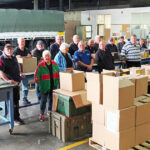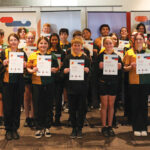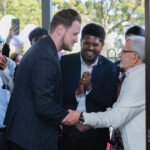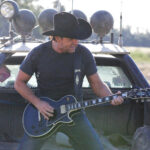THE Vietnam War was the longest twentieth century conflict in which Australians participated; it involved some 60,000 personnel and grew from a limited initial commitment of 30 military advisers in 1962 to include a battalion in 1965 and finally, in 1966, a task force. Each of the three services was involved, but the dominant role was played by the Army. After the cessation of combat operations in 1972, a limited number of Australian personnel remained in Vietnam, and elements of the RAAF returned in 1975, carrying out evacuations and assisting refugees almost until the moment of South Vietnam’s surrender.
In the early years Australia’s participation in the war was not widely opposed. But as the commitment grew, as conscripts began to make up a large percentage of those being deployed and killed, and as the public increasingly came to believe that the war was being lost, opposition grew until, in the early 1970s, more than 200,000 people marched in the streets of Australia’s major cities in protest.

By this time the United States Government had embarked on a policy of ‘Vietnamisation’ – withdrawing its own troops from the country while passing responsibility for the prosecution and conduct of the war to South Vietnamese forces. Australia too was winding down its commitment and the last combat troops came home in March 1972. The RAAF, however, sent personnel back to Vietnam in 1975 to assist in evacuations and humanitarian work during the war’s final days. Involvement in the war cost more than 500 Australian servicemen their lives, while some 3,000 were wounded, otherwise injured or were victims of illness.
The South Vietnamese fought on for just over three years before the capital, Saigon, fell to North Vietnamese forces in April 1975, bringing an end to the war which by then had spilled over into neighbouring Cambodia and Laos. Millions lost their lives, millions more were made refugees and the disaster that befell the region continues to reverberate today. For Australia the Vietnam War was the cause of the greatest social and political dissent since the conscription referenda of the First World War.






